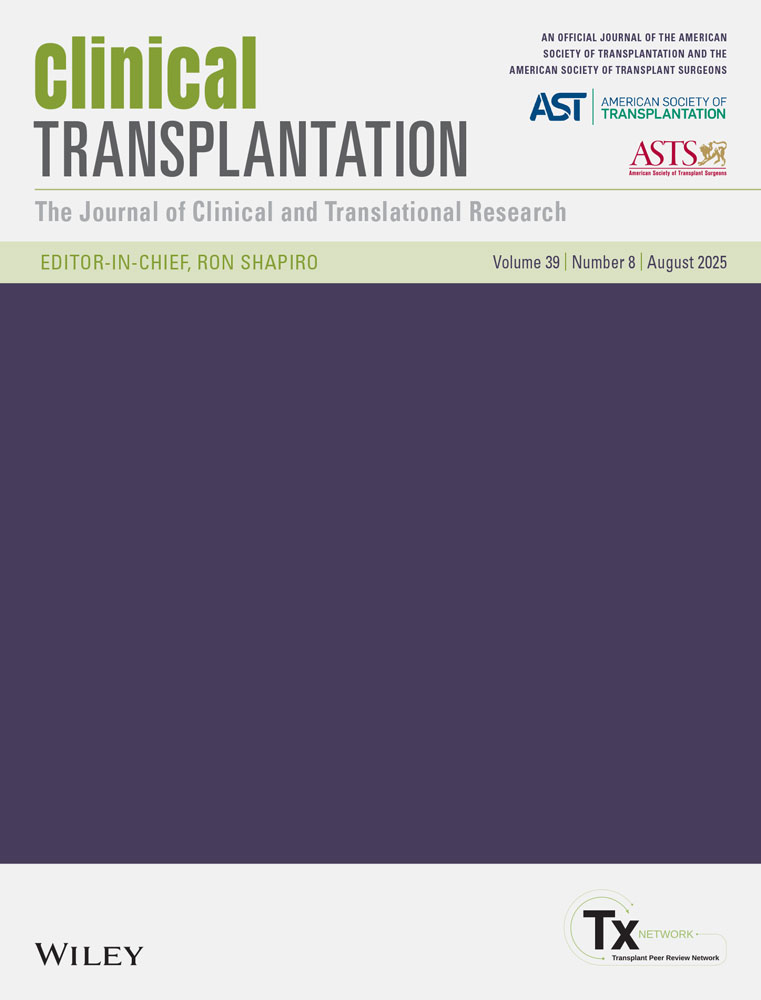Plasma homocysteine levels in renal transplanted patients on cyclosporine or tacrolimus therapy: effect of treatment with folic acid
Abstract
Hyperhomocysteinemia, an independent risk cardiovascular factor, has been reported in renal transplanted patients (RTP). The aim of the present study was to evaluate homocysteine levels in RTP treated with cyclosporine or tacrolimus, and the changes observed in the two groups of patients after treatment with folic acid. Forty-two RTP with stable function (21 treated with cyclosporine and 21 with tacrolimus, matched by gender and age) were studied. Forty healthy control subjects were matched by age and gender with the patients. In RTP, homocysteine was increased compared with the controls (16.4±5.2 vs 8.0±1.8 μmol/L; p<0.001), but there was no difference in vitamin B12 and folic acid levels. Thirty-three patients and one control showed hyperhomocysteinemia (78.5 vs 2.5%; p<0.001). Homocysteine correlated negatively with creatinine clearance in the patients (p=0.04), but no correlation was found with vitamin B12, folic acid and lipoproteins. By univariate analysis, patients treated with cyclosporine had higher homocysteine than those treated with tacrolimus (p=0.03), but multivariate analysis did not confirm these results. In 21 patients with hyperhomocysteinemia and folate levels similar to those of the controls, folic acid (5 mg/d for 3 months) was administered. Homocysteine decreased significantly (19.1±4.8 vs 13.2±3.4 μmol/L; p<0.001), with a median reduction of 31% and with no differences observed in patients treated with either cyclosporine or tacrolimus. We concluded that hyperhomocysteinemia is very frequent in RTP, but homocysteine levels are not different in patients treated with cyclosporine or tacrolimus. Folic acid therapy produces a significant decrease in homocysteine concentrations, in the absence of clear folate deficiency, without differences in relation to immunosuppressant therapy.




